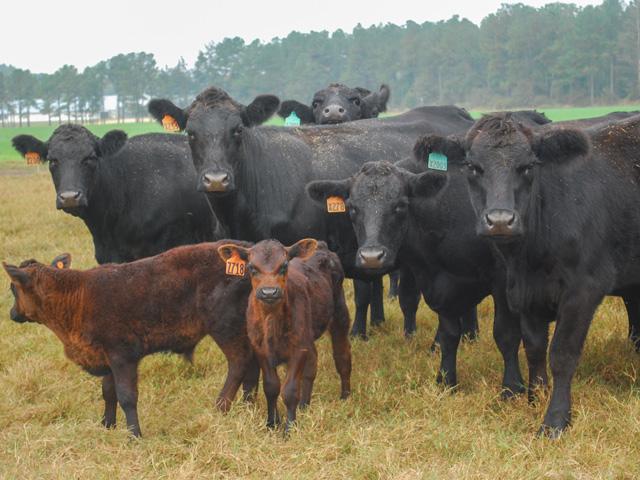Ask the Vet
Degrees of Prolapse
READER QUESTION:
What is the difference between a vaginal and a cervical prolapse in cattle?
DR. MCMILLAN'S ANSWER:
I would say it's a question of degree more than anything, and that includes when we are referring to cervicovaginal prolapses.
A vaginal prolapse is an eversion of the vagina through the vulva. This results in discomfort and often irritation, which leads to more straining and more tissue being exposed until, in some cases, the cervix is exposed. At that point, it would be classified as a cervical prolapse. Many times, the bladder is included in this prolapse, and in some cases the straining may lead to a rectal prolapse.
Cervicovaginal prolapses are most common around calving as hormones associated with birth increase and cause relaxation on the tissues in the pelvis in preparation for birth. Increased abdominal pressure from the near-term calf, intra-abdominal fat and rumen distension are also factors. There is a strong genetic component, and cows that have a cervicovaginal prolapse are likely to do it again and should be sold. Heifers from these cattle should be watched very closely.
While this can occur after calving, when cattle come into heat, and even (though rarely) in open and early and midterm cattle, it most commonly occurs before birth. With this condition, the chance of dystocia (difficult birth) is always increased.
With mild cases, and especially those that do not stay out, the cow may calve with no problem. More severe cases need to have the prolapse corrected and usually a retaining suture or sutures of some kind used to prevent recurrence. Unless drugs with withdrawal times are given, these cattle can be sold, but often there is a heavy discount on them. If they are very close to calving, they can be induced into labor and watched very closely over the next 48 to 72 hours. When the cow goes into labor, sutures need to be cut and you must be ready to give assistance if problems occur.
Even with a successful delivery, these cattle may re-prolapse and, in some cases, especially with a difficult birth, they may have a uterine prolapse, where the whole uterus is exposed. This is always an emergency when it happens for any reason.
**
Editor's Note:
Please contact your veterinarian with questions pertaining to the health of your herd or other animals. Every operation is unique, and the information in this column does not pertain to all situations. This is not intended as medical advice but is purely for informational purposes.
Write Dr. Ken McMillan at Ask the Vet, 2204 Lakeshore Dr., Suite 415, Birmingham, AL 35209, or email vet@progressivefarmer.com.
(c) Copyright 2022 DTN, LLC. All rights reserved.
P[L1] D[0x0] M[300x250] OOP[F] ADUNIT[] T[]





